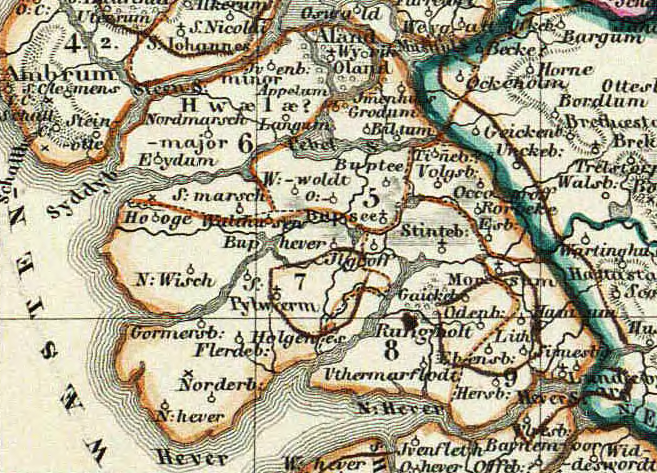The Atlantis of the North Sea
A couple of years ago, I started subscribing to Northern Earth magazine on the recommendation of Warren Ellis. It’s quirky and brilliant.
The most recent issue contains reference to Rungholt, which I then looked up on Wikipedia. It was destroyed in the 14th century due to a storm surge. Until excavations this year people weren’t entirely sure it ever existed but it turns out it was a flourishing port town.
Rungholt was a settlement in North Frisia, in what was then the Danish Duchy of Schleswig. The area today lies in Germany. Rungholt reportedly sank beneath the waves of the North Sea when a storm tide (known as Grote Mandrenke or Den Store Manddrukning) hit the coast on 15 or 16 January 1362.Source: Rungholt | Wikipedia[…]
In June 2023, the German Research Foundation announced that researchers had found the probable location of Rungholt under mudflats in the Wadden Sea and had already mapped 10 square kilometers of the area.
[…]
Today it is widely accepted that Rungholt existed and was not just a local legend. Documents support this, although they mostly date from much later times (16th century). Archaeologists think Rungholt was an important town and port. It might have contained up to 500 houses, with about 3,000 people. Findings indicate trade in agricultural products and possibly amber. Supposed relics of the town have been found in the Wadden Sea, but shifting sediments make it hard to preserve them.
